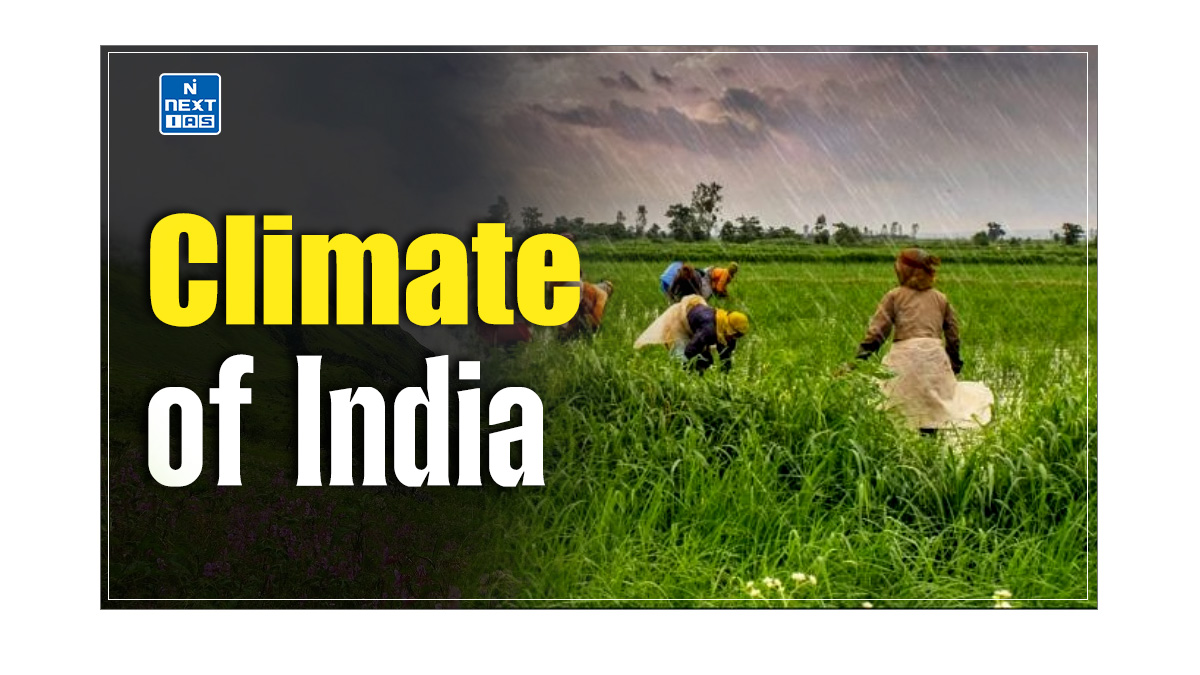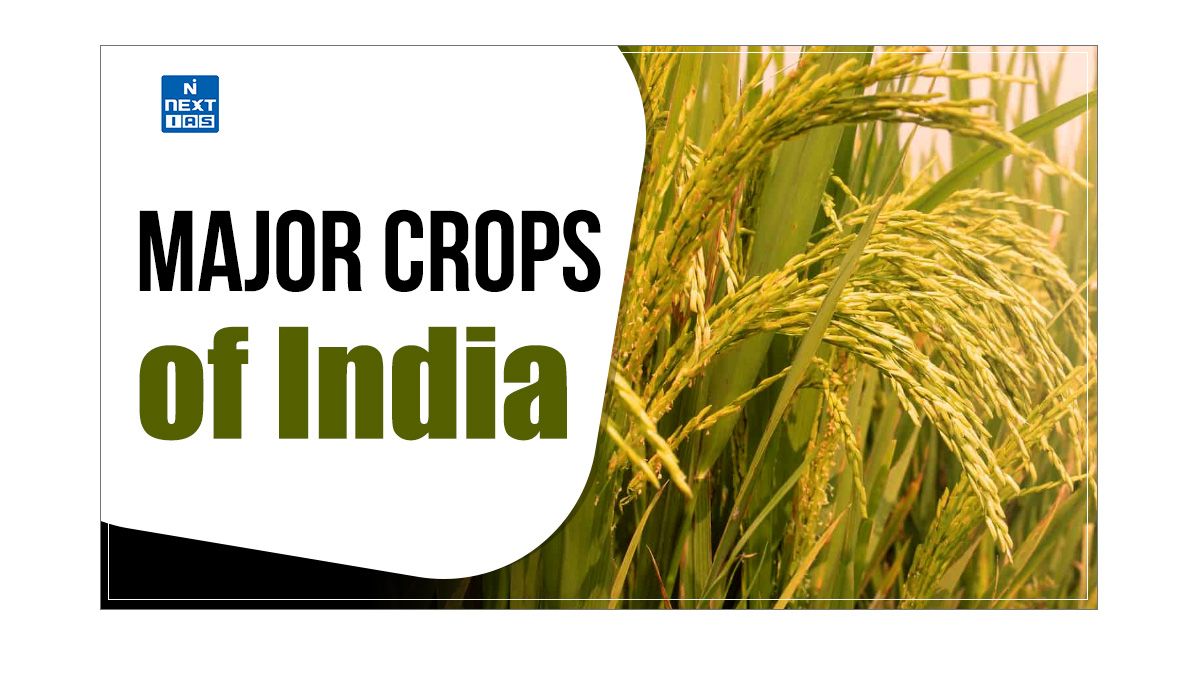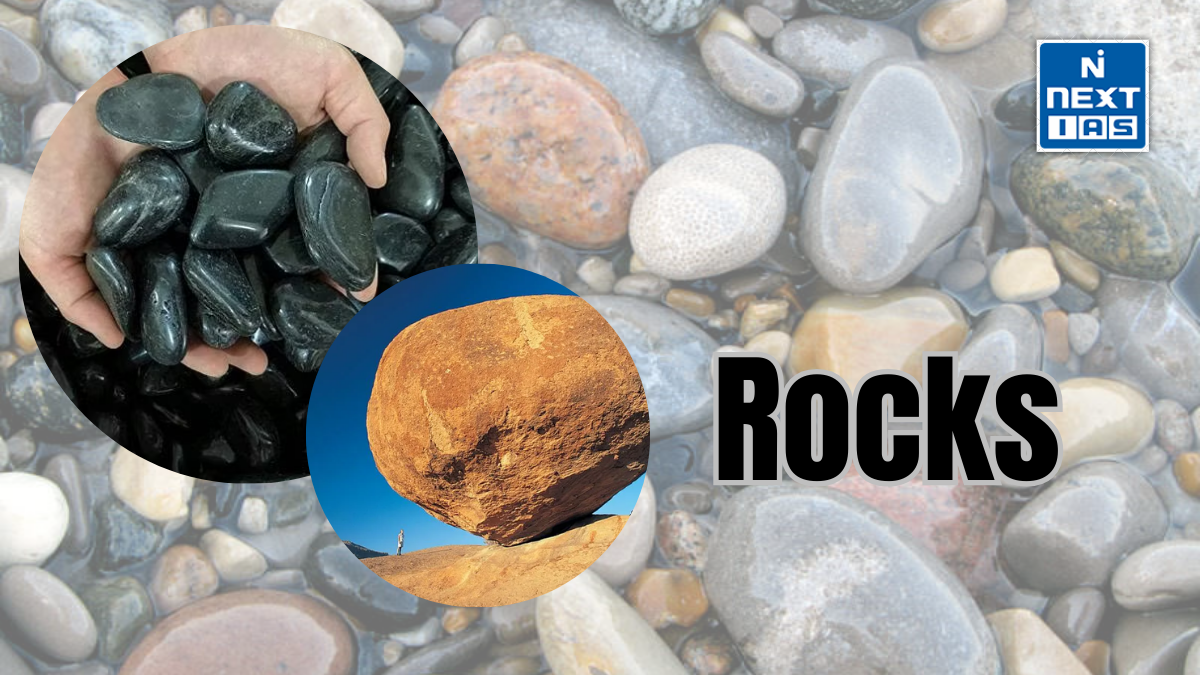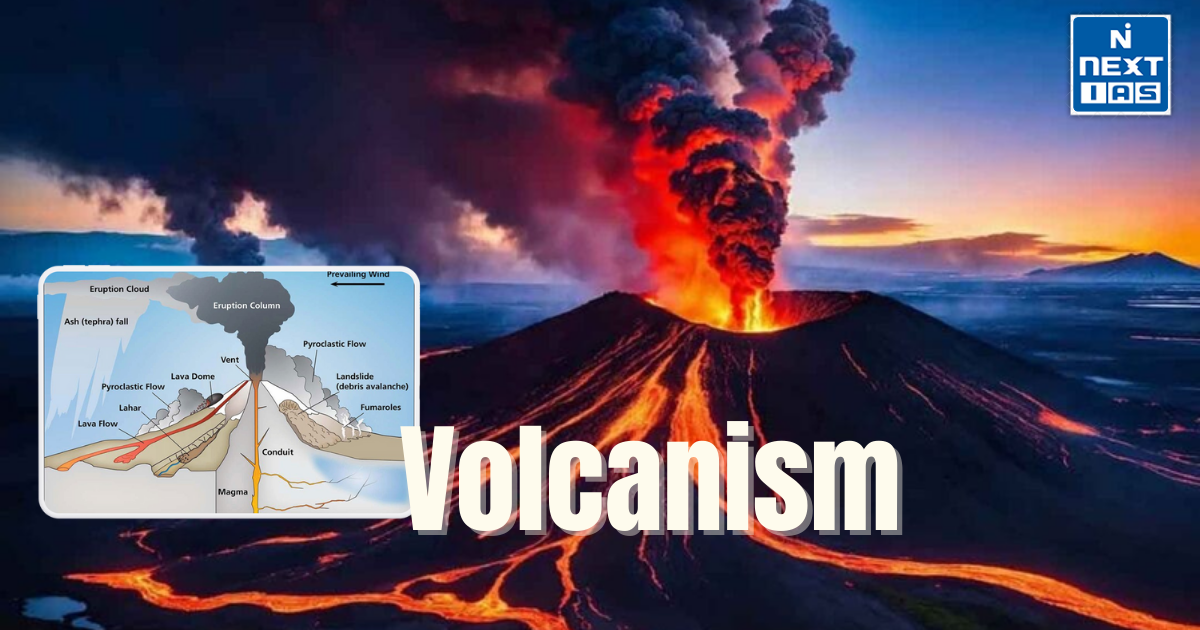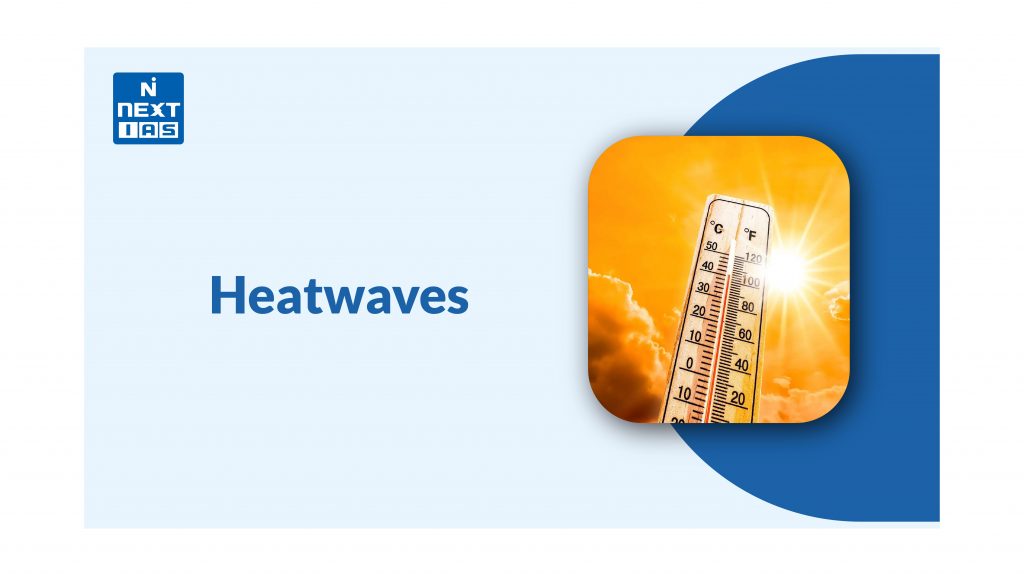
Heatwaves are when a place gets really, really hot for some time. Heatwave criteria include maximum temperature thresholds for plains and hilly regions. Coastal stations have specific criteria based on temperature departure from normal.
The peak month for India’s heatwave is May. For flat areas, it’s called a heat wave if the temperature goes up to at least 40 degrees Celsius. But for hilly regions, it’s considered a heat wave if the temperature reaches at least 30 degrees Celsius.
Effects of Heatwaves
- Health Issues: High air temperatures impact human health, exacerbating top causes of global death, including respiratory and cardiovascular diseases, diabetes, and renal issues.
- Heatwaves can have significant impacts on health, depending on the timing, intensity, and duration of high temperatures. Exposure to excessive heat can lead to various illnesses, including heat cramps, heat exhaustion, heatstroke, and hyperthermia. Even small differences from normal temperatures can cause increased illness and death, particularly for those with existing health conditions.
- Economic Losses: Heatwaves acutely impact large populations, trigger public health emergencies, and lead to excess mortality and socioeconomic consequences, like lost work capacity.
- Strains Infrastructure: Power shortages accompanying heatwaves disrupt health facilities, transport, and water infrastructure.
- Environmental Impact: Extreme heat can increase the risk of other disasters like droughts and wildfires. It’s a leading cause of weather-related deaths, affecting vulnerable groups like older adults and outdoor workers.
- Effects on Air Quality: On hot days air quality can worsen due to ground-level ozone production and pollution from air conditioning.
- Decreases Agriculture Output: Agriculture can suffer from high temperatures. Plants are affected negatively by hot days, and some crops need cooler nights to grow well.
- Negatively impact Livestock: Heatwaves can stress livestock, leading to decreased milk production and slower growth. It can also impact conception rates.
Causes of Heatwaves
Heatwaves can be caused by a combination of natural and human-induced factors. The main causes are:
- High Atmospheric Pressure Systems: Heatwaves often occur when high-pressure systems stall over a region. These systems can trap warm air near the Earth’s surface and prevent the normal movement of air masses, leading to prolonged periods of hot weather.
- Global Warming: The long-term increase in Earth’s average temperature, primarily driven by human activities such as burning fossil fuels (coal, oil, and natural gas), deforestation, and industrial processes, contributes to the frequency and intensity of heat waves. Global warming leads to overall warmer temperatures, making extreme heat events more likely.
- Urban Heat Island Effect: Urban areas with high population density, extensive concrete and asphalt surfaces, and limited vegetation tend to absorb and retain more heat, creating localized zones of higher temperatures. This phenomenon, known as the urban heat island effect, can intensify heat waves in cities.
- Drought and Dry Conditions: Prolonged periods of drought and lack of precipitation can dry out the soil and reduce available moisture, causing the land to heat up more quickly during heat waves.
- Climate Variability: Natural climate variations, such as El Nino and La Nina events, can influence weather patterns and increase the likelihood of heatwaves in certain regions. During El Nino events, for example, warmer ocean waters in the tropical Pacific can lead to changes in atmospheric circulation and weather patterns worldwide.
- Geography and Topography: Certain geographic features and topographical conditions can contribute to the development of heat waves. For instance, landlocked valleys and regions surrounded by mountains can trap hot air and lead to temperature spikes.
- Changes in Wind Patterns: Shifts in wind patterns can transport hot air from one region to another, intensifying heat waves in areas that are not typically prone to such extreme temperatures.
- Human Activities: Local factors, such as land use changes, deforestation, and irrigation practices, can alter the surface characteristics of an area and contribute to heatwave development on a smaller scale.
Solutions Against the Negative Effects of Heat Waves
It involves taking proactive measures to protect individuals, communities, and infrastructure. Here are some strategies to consider:
- Energy Conservation: Encourage energy conservation during heatwaves to reduce strain on the electrical grid. Promote energy-efficient practices and technologies to lower overall energy demand.
- Adaptation Measures: Develop long-term climate adaptation strategies that account for the increasing frequency and intensity of heat waves. This may involve adjusting agricultural practices, water management, and public health policies.
- Emergency Response Planning: Establish emergency response plans to deal with heat-related health emergencies. Train healthcare professionals to recognize and treat heat-related illnesses promptly.
- Collaboration and Coordination: Foster collaboration among government agencies, non-governmental organizations, and community groups to address heatwave impacts comprehensively.
- Research and Monitoring: Invest in research and monitoring efforts to better understand the impacts of heatwaves and track their frequency and intensity. This data can inform future heat mitigation strategies.
- Heat Preparedness Plans: Develop and implement heat preparedness plans at the community and organizational levels. These plans should include early warning systems, communication strategies, and the establishment of cooling centers to provide relief during extreme heat events.
- Public Awareness and Education: Raise awareness about the dangers of heatwaves and educate the public on how to stay safe during hot weather. Promote the importance of staying hydrated, seeking shade, and avoiding outdoor activities during peak heat hours.
- Vulnerable Population Support: Identify and assist vulnerable populations, such as the elderly, children, and individuals with chronic health conditions, who are more susceptible to heat-related illnesses. Provide access to cooling facilities and resources to help them cope with the heat.
- Urban Planning and Design: Implement urban planning and design strategies to reduce the urban heat island effect. This includes incorporating green spaces, trees, and reflective surfaces to cool urban areas.
- Heat-Resistant Infrastructure: Design and construct heat-resistant infrastructure, including buildings and transportation systems, that can better withstand extreme temperatures.
Heatwaves: Do’s & Dont’s
Heat Wave conditions can result in physiological strain, which could even result in death.
To minimise the impact during the heat wave and to prevent serious ailment or death because of heat stroke, you can take the following measures:
- Avoid going out in the sun, especially between 12.00 noon and 3.00 p.m.
- Drink sufficient water and as often as possible, even if not thirsty
- Wear lightweight, light-coloured, loose, and porous cotton clothes. Use protective goggles, umbrella/hat, shoes or chappals while going out in sun.
- Avoid strenuous activities when the outside temperature is high. Avoid working outside between 12 noon and 3 p.m.
- While travelling, carry water with you.
- Avoid alcohol, tea, coffee and carbonated soft drinks, which dehydrates the body.
- Avoid high-protein food and do not eat stale food.
- If you work outside, use a hat or an umbrella and also use a damp cloth on your head, neck, face and limbs
- Do not leave children or pets in parked vehicles
- If you feel faint or ill, see a doctor immediately.
- Use ORS, homemade drinks like lassi, torani (rice water), lemon water, buttermilk, etc. which helps to re-hydrate the body.
- Keep animals in shade and give them plenty of water to drink.
- Keep your home cool, use curtains, shutters or sunshade and open windows at night.
- Use fans, damp clothing and take bath in cold water frequently.
Conclusion
It’s important to note that heat waves are complex events influenced by a combination of factors, and their occurrence and intensity can vary from one region to another based on a combination of these causes.
In order to build resilience to extreme heat, strategies include identifying vulnerable populations and creating heat preparedness plans, installing cool roofs and pavements, planting trees for shade, promoting energy efficiency, and using climate mapping tools for planning and understanding climate risks.
FAQs
What is meant by a Heatwave?
A heatwave is a prolonged period of abnormally high temperatures, usually occurring during the summer months, and is often accompanied by high humidity.
What is a Heatwave in India?
In India, a heatwave is a period when temperatures rise significantly above the normal average for that region, leading to uncomfortable and potentially dangerous conditions for the population.
What is the cause of Heatwaves?
The cause of heat waves is usually a combination of atmospheric conditions, such as high-pressure systems, lack of cloud cover, and the warming effect of human activities like urbanization.
When was the Hottest Heatwave?
The hottest heatwave on record occurred in July 1913 in Death Valley, California, USA, where a temperature of 56.7°C (134°F) was recorded.
What’s the Hottest City in the World?
Ahvaz, Iran, holds the record for the highest temperature ever recorded in a populated area, with a temperature of 53.9°C (129°F) on June 29, 2017.
Source: National Disaster Management Authority
GS - 1